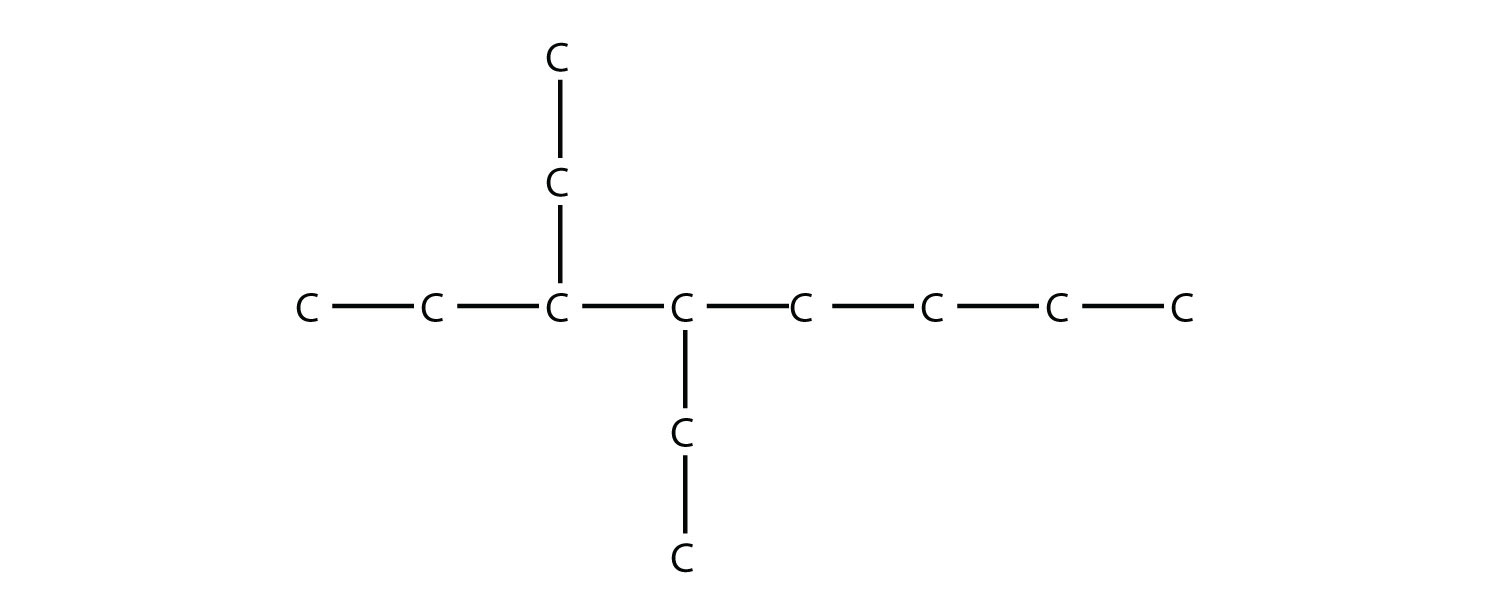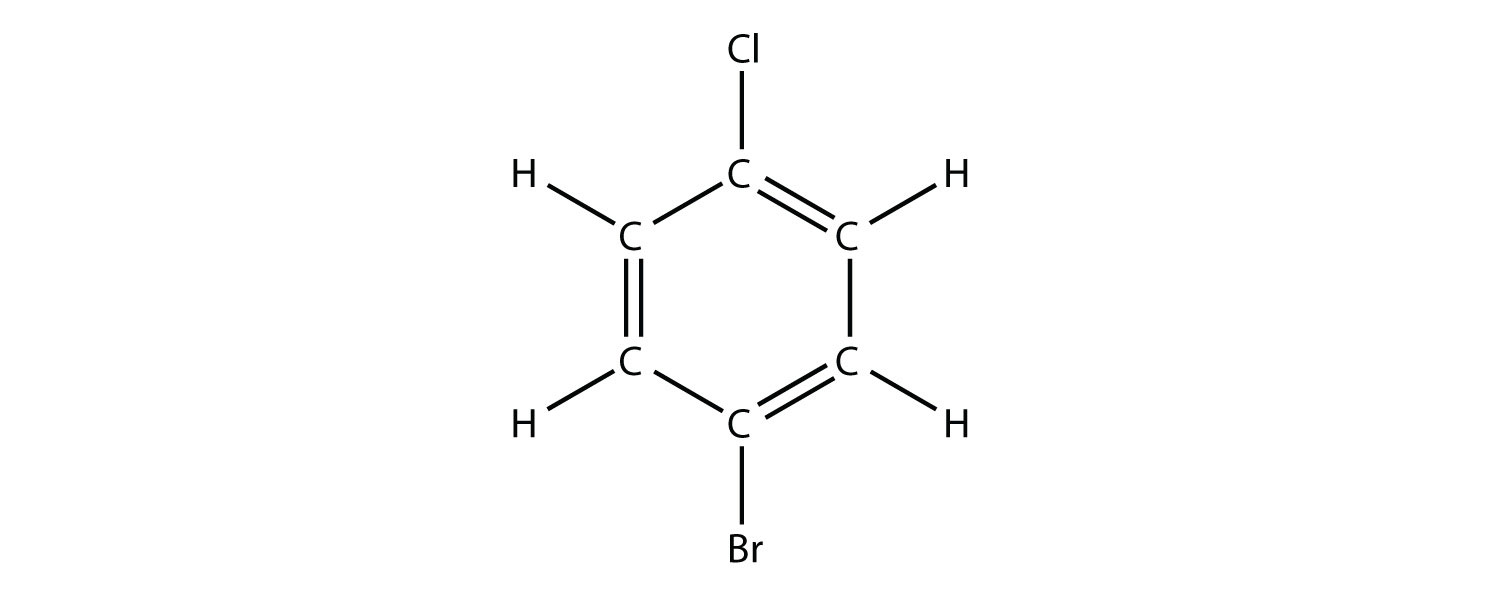Adapted by Nelson Nuñez-Rodriguez
Conditions of Use:

Unless otherwise noted, this work is licensed under a Creative Commons Attribution-NonCommercial-ShareAlike 4.0 International License.
Chapters derived from:
By David W. Ball
 Attribution-NonCommercial-ShareAlike
Attribution-NonCommercial-ShareAlike
CC BY-NC-SA
Click on the printer icon at the bottom of the screen
![]()
Make sure that your printout includes all content from the page. If it doesn't, try opening this guide in a different browser and printing from there (sometimes Internet Explorer works better, sometimes Chrome, sometimes Firefox, etc.).
If the above process produces printouts with errors or overlapping text or images, try this method:
Click here to return to Chapter 13
| QUESTION | ANSWER |
|
1. How does a branched hydrocarbon differ from a normal hydrocarbon? |
1. A branched hydrocarbon does not have all of its C atoms in a single row. |
|
3. Name this molecule.  |
3. 3-methyl-2-hexene |
|
5. Name this molecule.  |
5. 4,4-dimethyl-1-pentene |
|
7. Name this molecule.  |
7. 2,4-dimethyl-2-pentene |
|
9. Name this molecule.  |
9. 3,4-diethyloctane |
|
11. Name this molecule.  |
11. 1-bromo-4-chlorobenzene |
|
13. Draw the carbon backbone for each molecule.
|
13. |
|
15. Draw the carbon backbone for each molecule.
|
15. |
|
17. The name 2-ethylhexane is incorrect. Draw the carbon backbone and write the correct name for this molecule. |
17.  |
Library Info and Research Help | reflibrarian@hostos.cuny.edu (718) 518-4215
Loans or Fines | circ@hostos.cuny.edu (718) 518-4222
475 Grand Concourse (A Building), Room 308, Bronx, NY 10451
